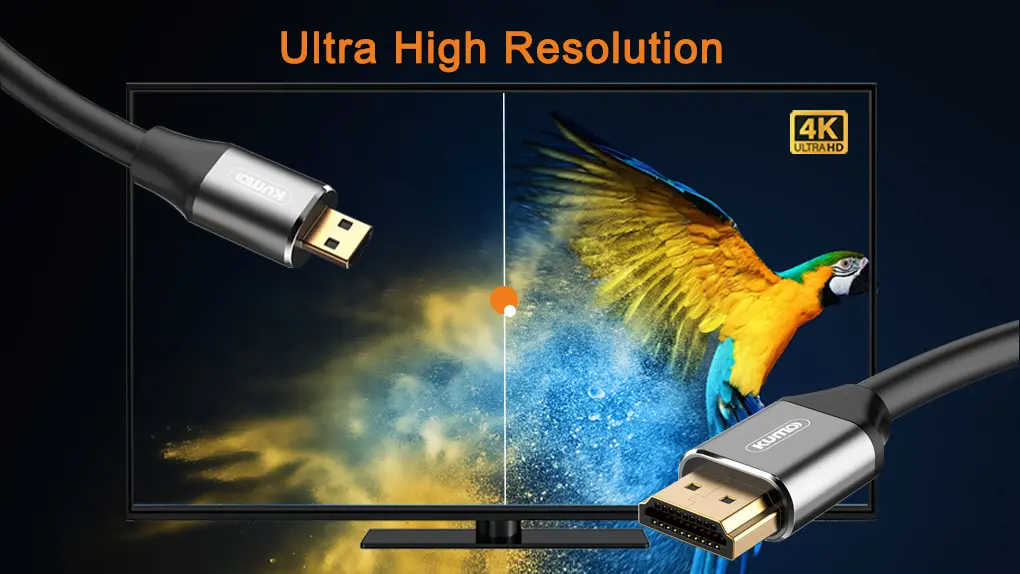
Four new cable products, opening up a new audio-visual experience
Enjoying your home entertainment, only to have fuzzy, choppy movie footage ruin your enjoyment? Immersed in music, only to be interrupted by annoying noises? Frequent disconnections during conferences, leaving you scrambling
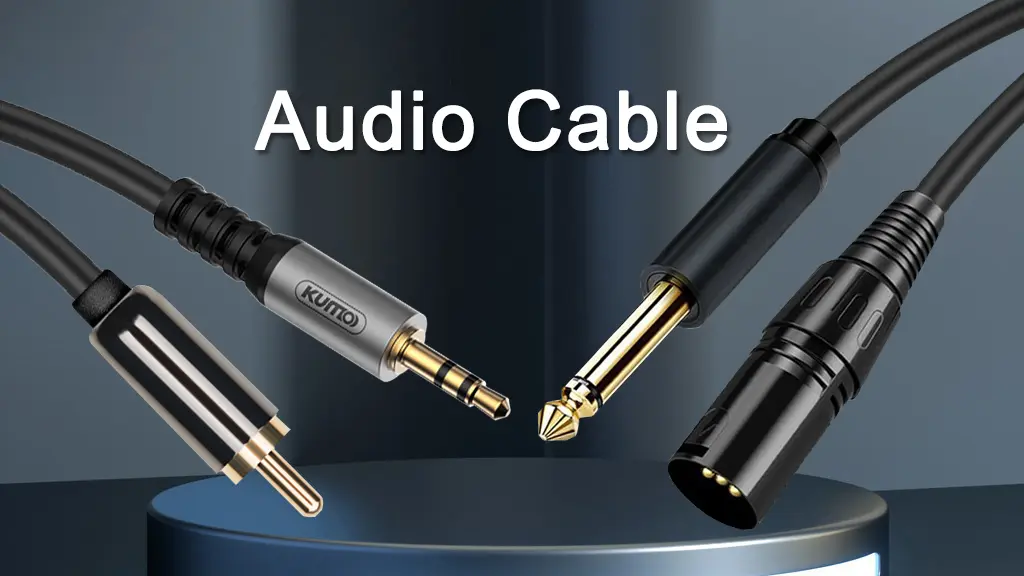
Choosing the Right Audio Cable: XLR, TS, TRS, and RCA
In the world of professional audio, choosing the right audio cable is crucial for ensuring high-quality sound transmission. Different types of audio cables, with their unique designs and performance, are suitable for different devices and scenarios. This article will provide a detailed introduction to four common professional audio cable types: XLR, TS, TRS, and RCA, so you can choose the right cable for your needs.
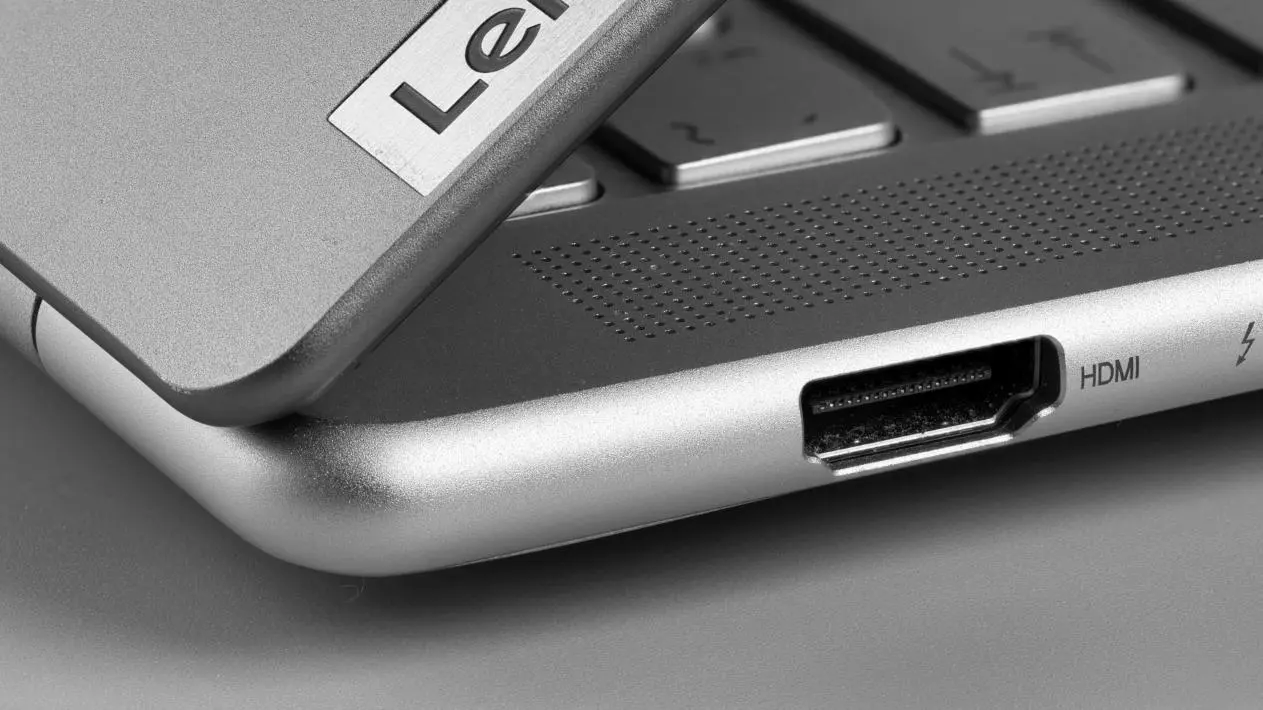
HDMI Specification Version 2.2 Supports 96Gbps Bandwidth
At CES 2025, the HDMI Forum officially announced the HDMI 2.2 specification. The launch of this new standard marks a major leap forward in bandwidth and connectivity performance for HDMI technology.
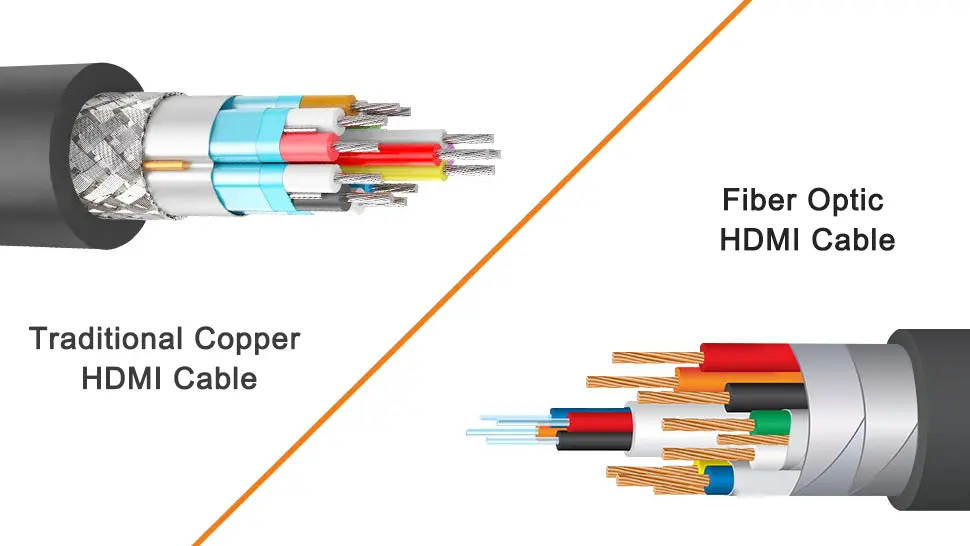
Understanding Fiber Optic HDMI Cables
In today's digital age, high-definition audio and video equipment has become an integral part of our lives. From home theaters to game consoles, HDTVs to projectors, we have increasingly high demands for the quality and stability of audio and video transmission. HDMI (High-Definition Multimedia Interface), currently the most mainstream audio and video transmission interface, is experiencing continuous evolution and improvement in cable performance. The emergence of fiber-optic HDMI cables has revolutionized high-definition transmission.
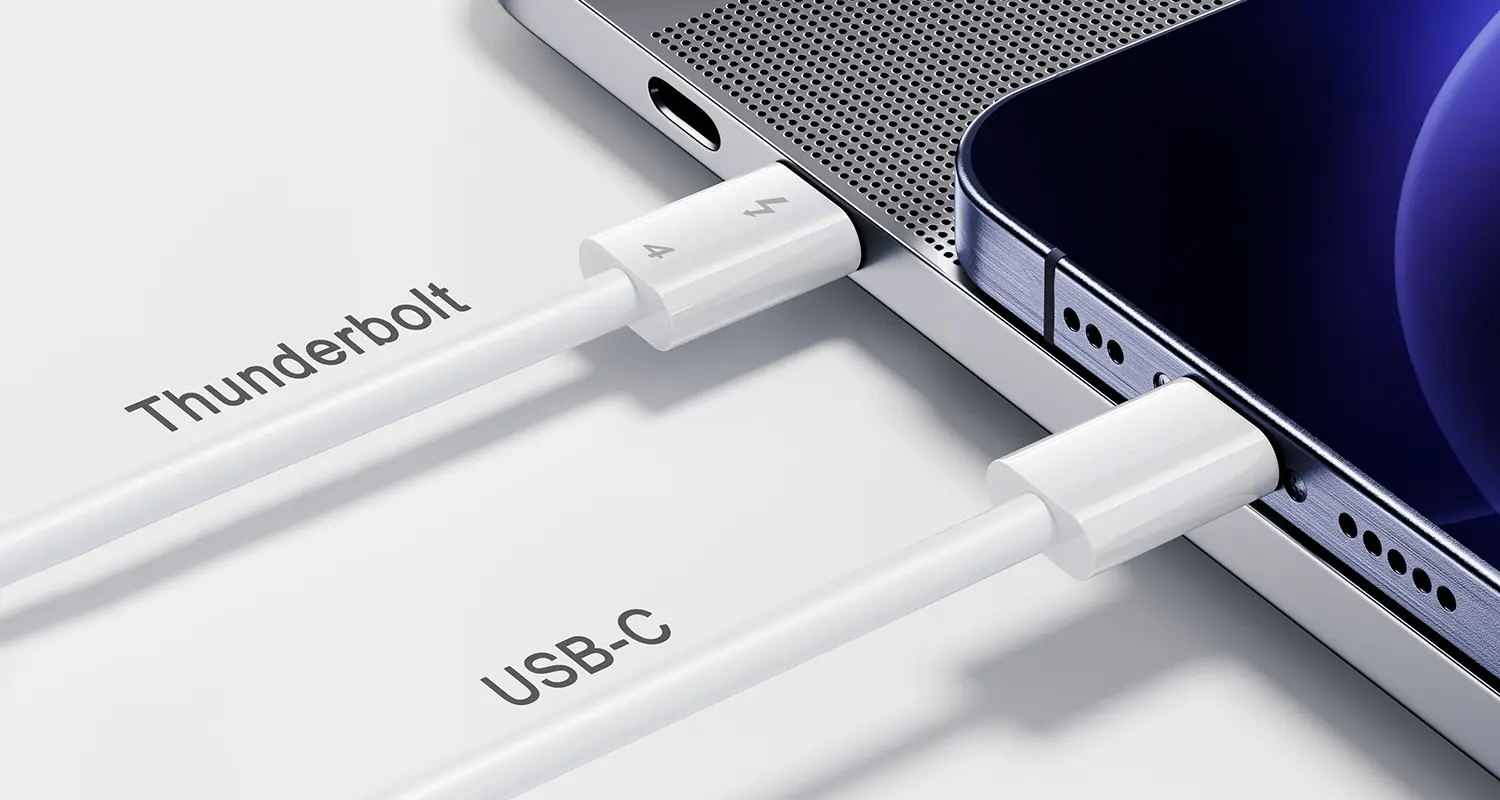
The difference between Thunderbolt and USB-C
Thunderbolt and USB-C are increasingly common on today's digital devices. Many people are confused by these two similar-looking connectors when charging their phones or connecting computer peripherals: Do they function the same way if they look similar? Why are some devices labeled Thunderbolt while others simply say USB-C? While these two connectors are related, they differ significantly. This press release explains the differences between Thunderbolt and USB-C to help you navigate device purchases and daily use.
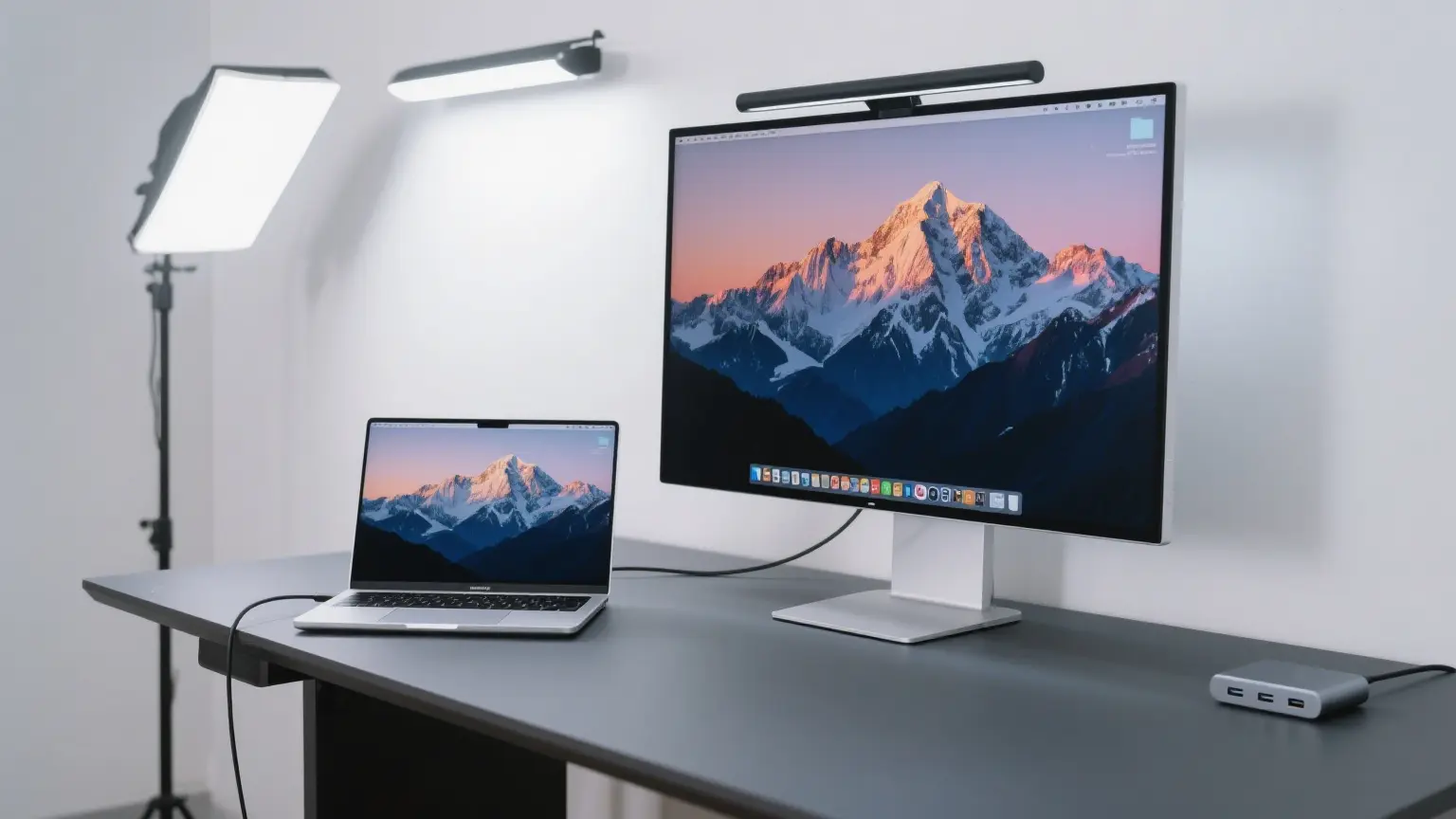
DP Alt Mode upgrades USB-C interface capabilities
In today's digital age, connectivity and data transfer between electronic devices have become core needs in our daily lives. With the widespread adoption of USB Type-C ports, a technology called DP Alt Mode (DisplayPort Alternate Mode) is slowly gaining public attention. This technology, with its unique technical highlights, revolutionizes device display transmission.
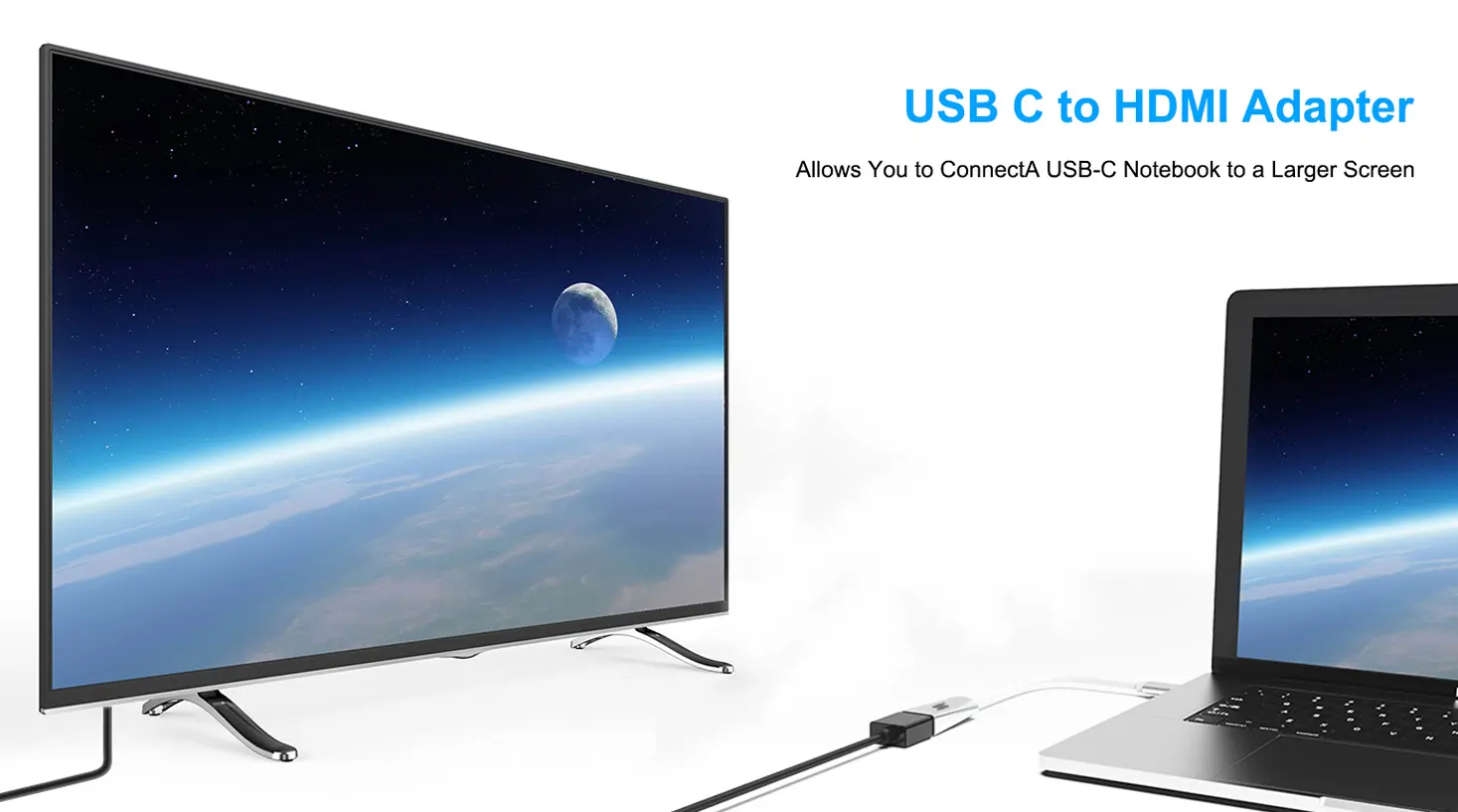
USB Type-C to HDMI adapter: a must-have for efficient office work
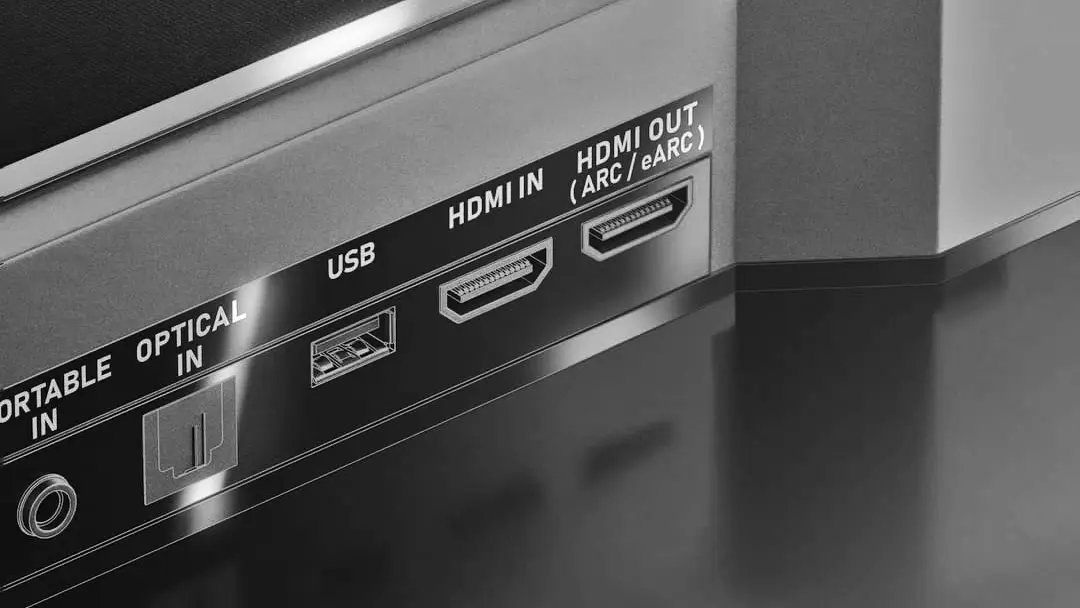
HDMI eARC vs ARC

What is Multi-Stream Transport (MST)?
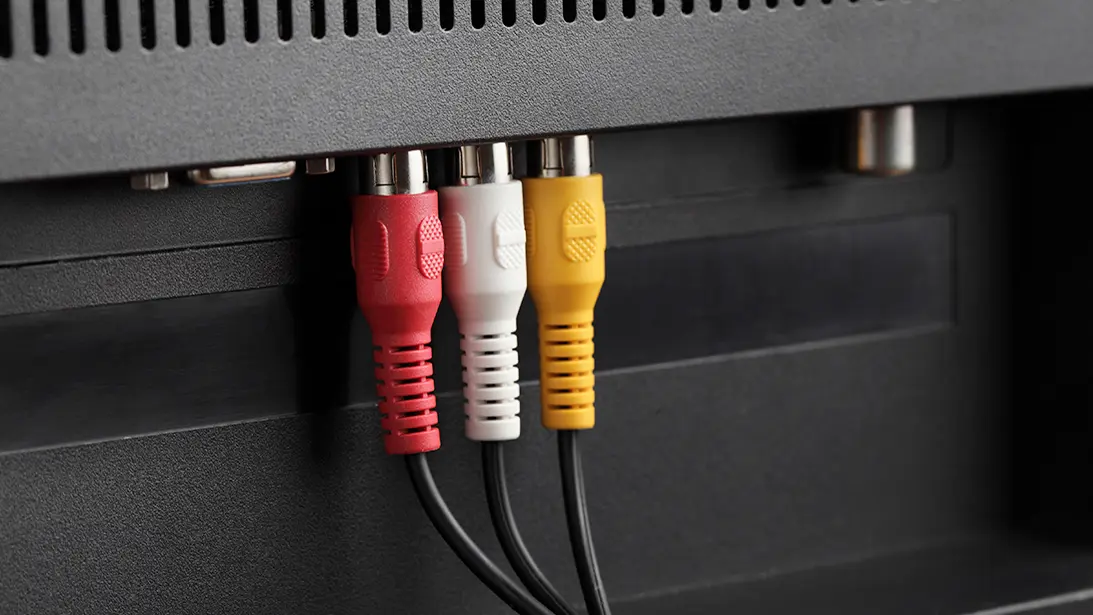

 USB C Docking & Hub
USB C Docking & Hub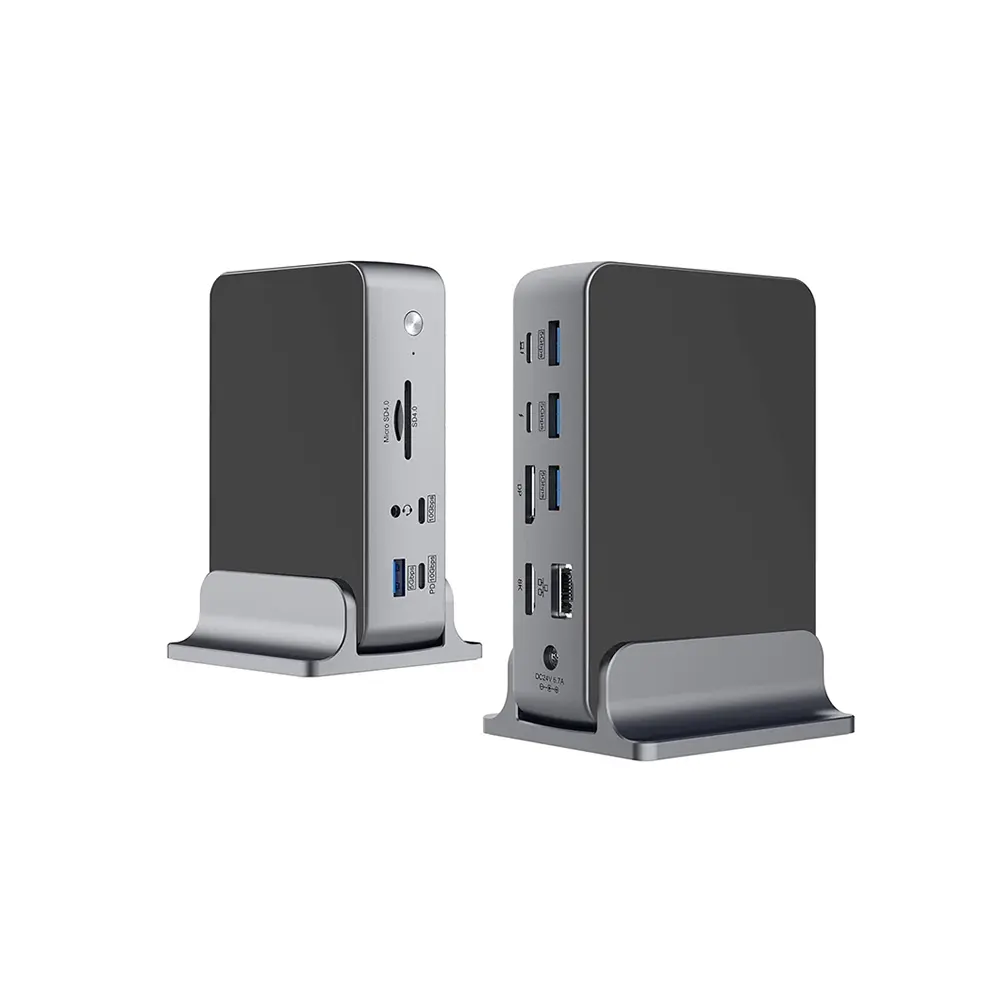 USB C Docking Station
USB C Docking Station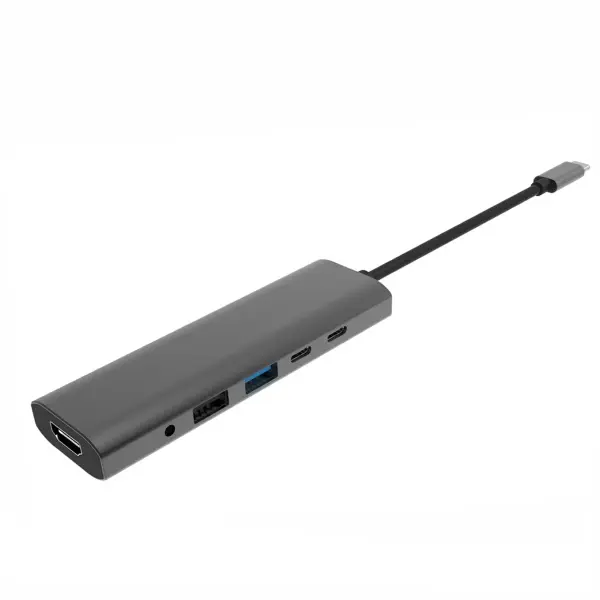 USB C Hub-H Series
USB C Hub-H Series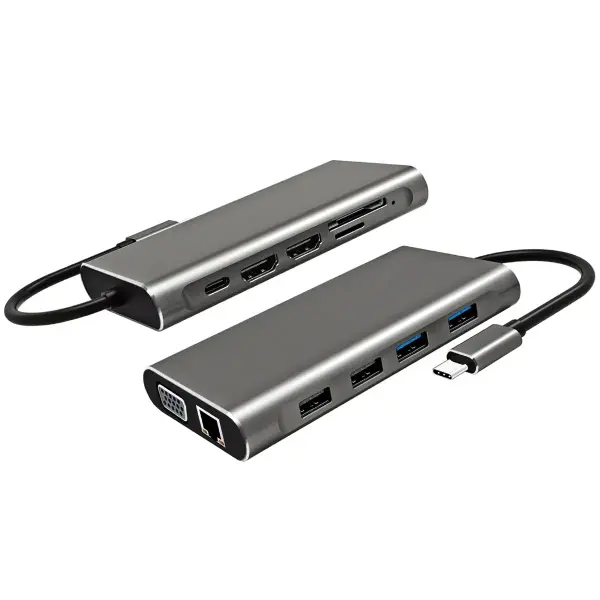 USB C Hub-H Series High End
USB C Hub-H Series High End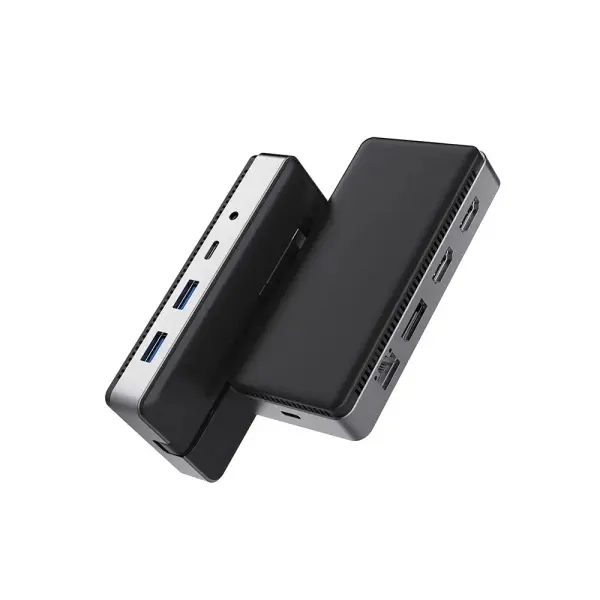 USB C Hub-X Series High End
USB C Hub-X Series High End HDMI Cable
HDMI Cable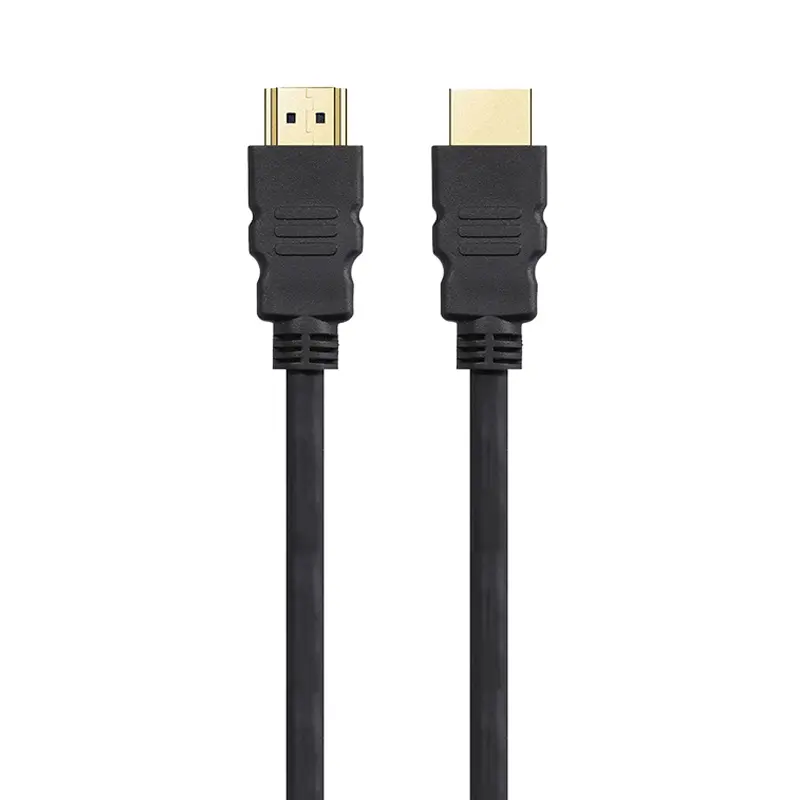 4K HDMI Cable
4K HDMI Cable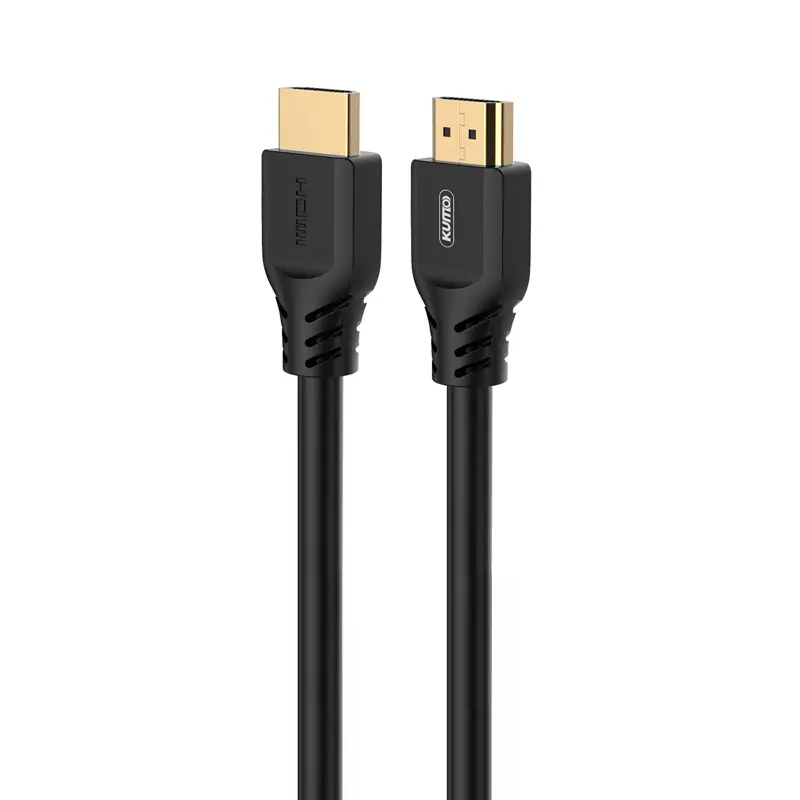 8K HDMI Cable
8K HDMI Cable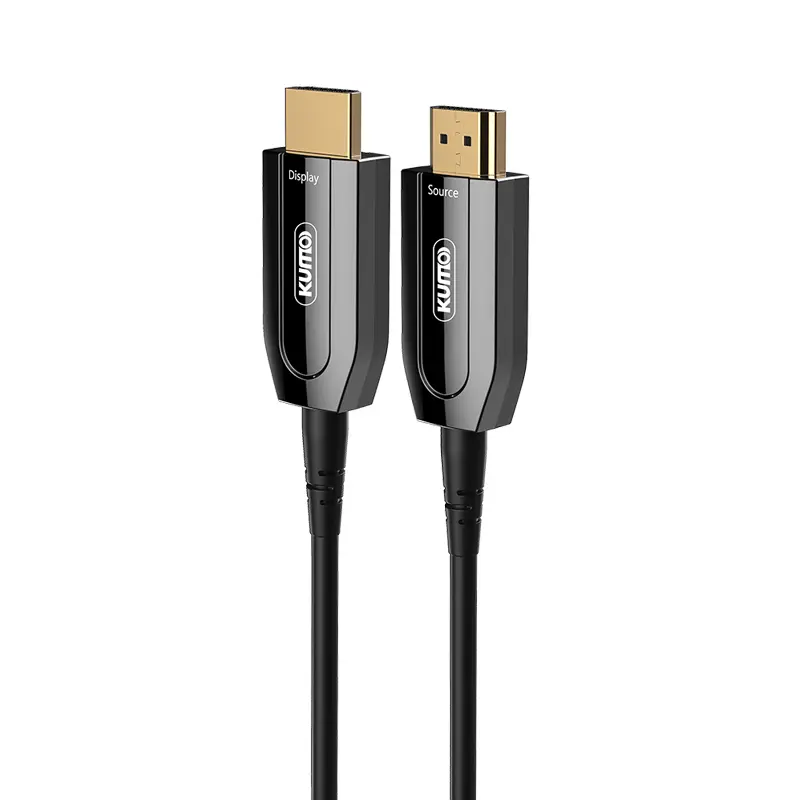 AOC HDMI Cable
AOC HDMI Cable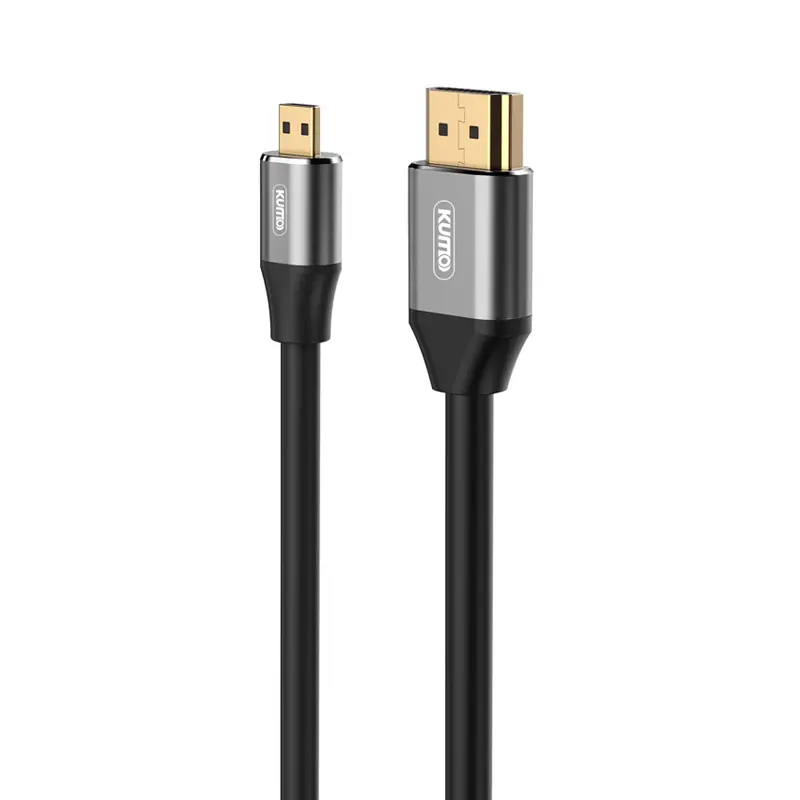 HDMI Conversion Cable
HDMI Conversion Cable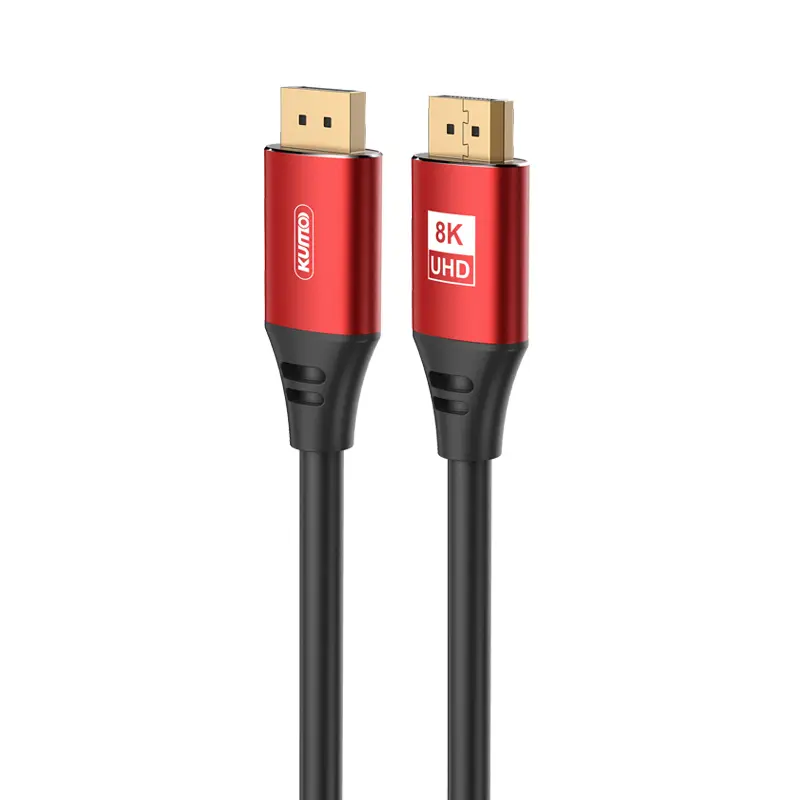 8K DisplayPort Cable
8K DisplayPort Cable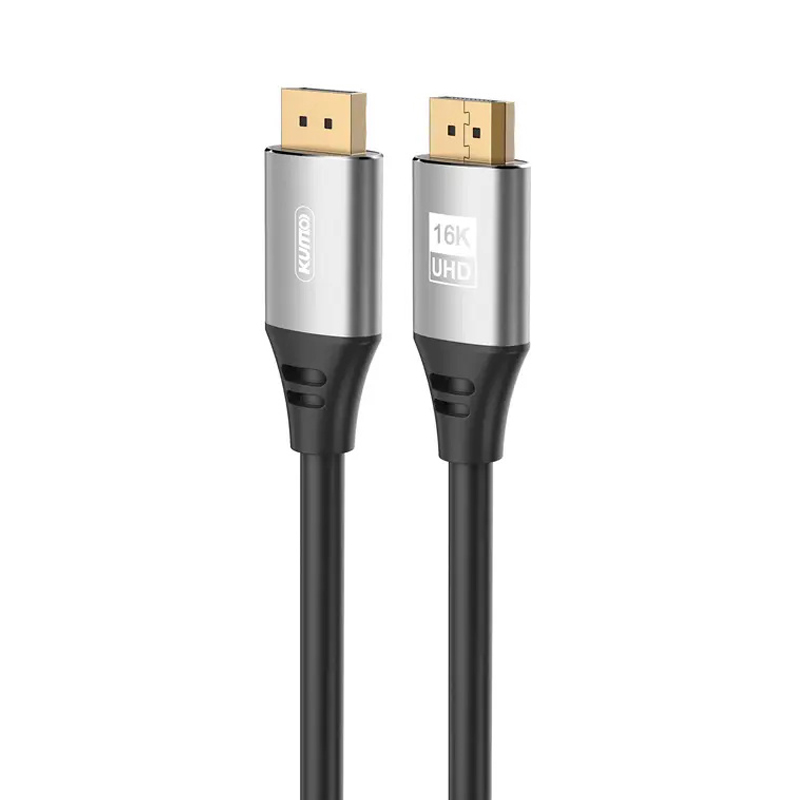 16K DisplayPort Cable
16K DisplayPort Cable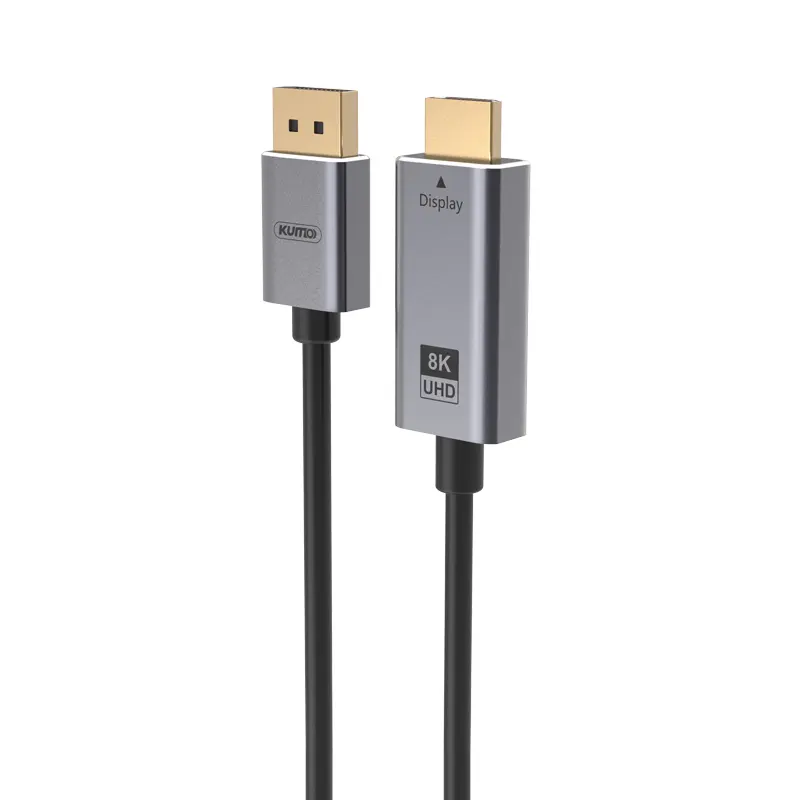 DisplayPort Conversion Cable
DisplayPort Conversion Cable XLR Cable
XLR Cable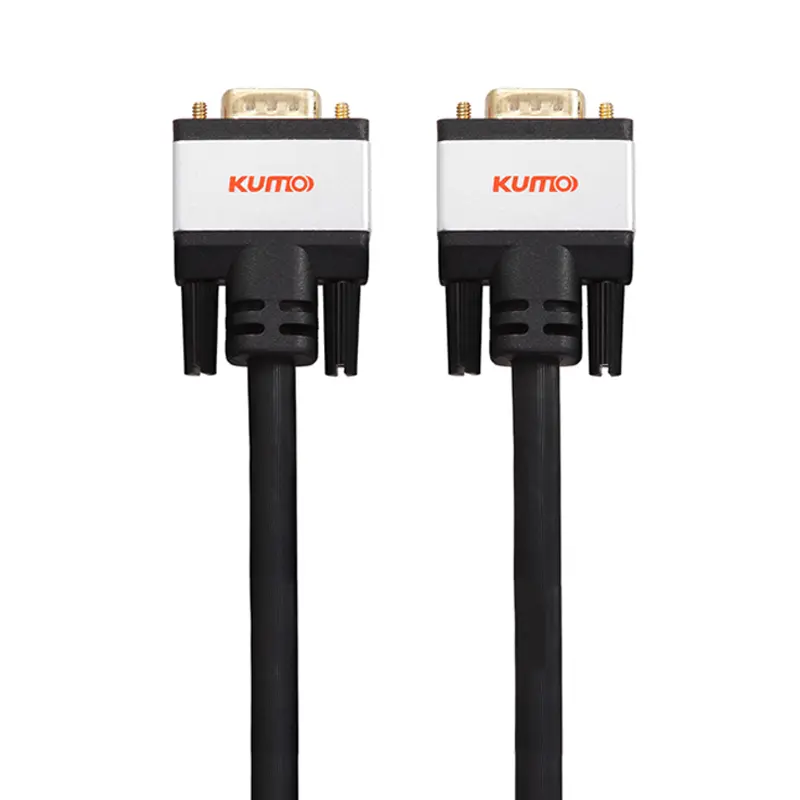 VGA Cable
VGA Cable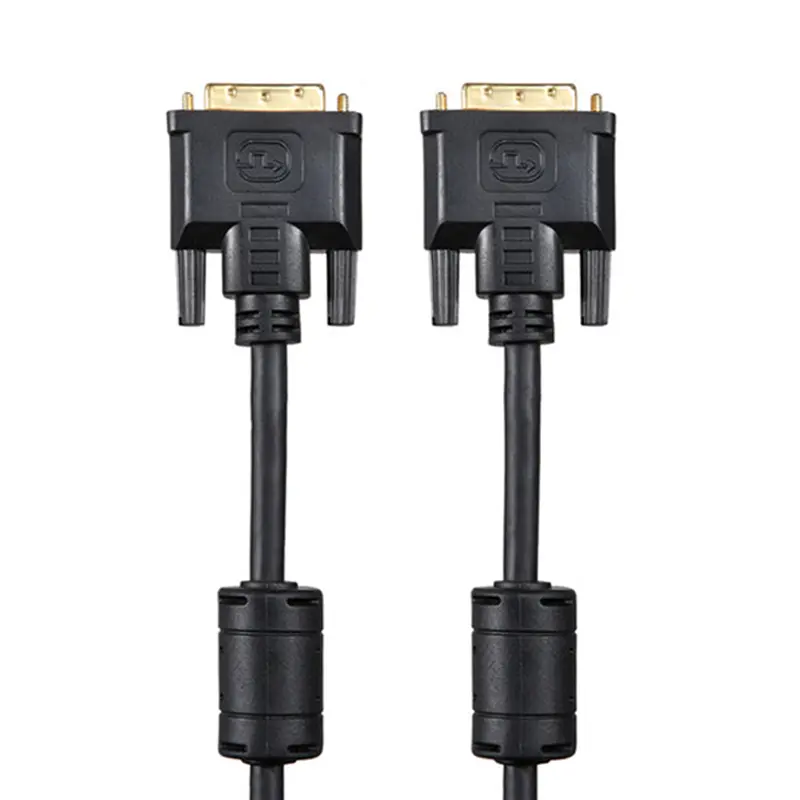 DVI Cable
DVI Cable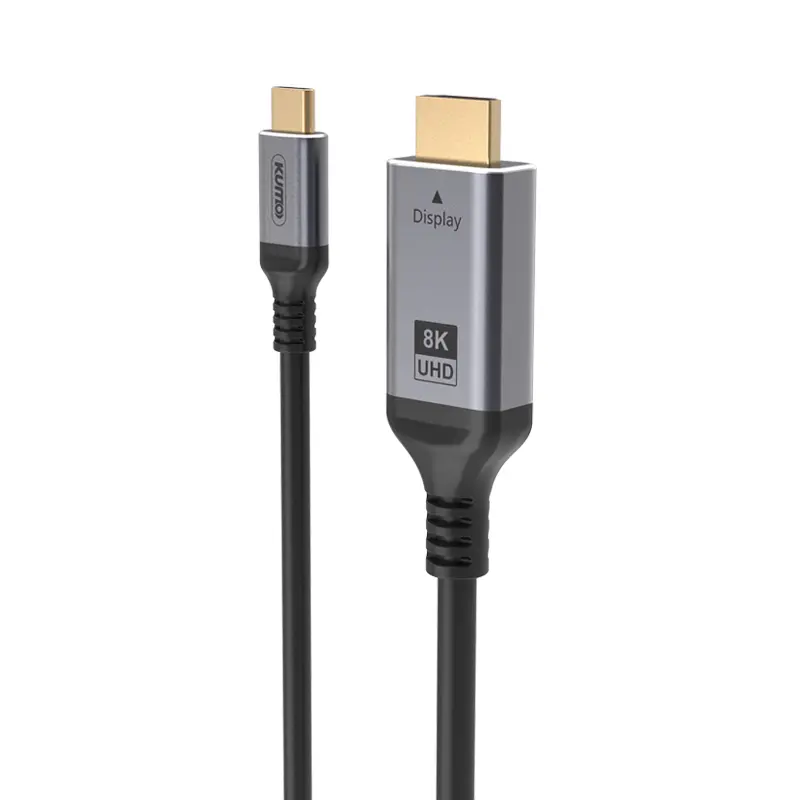 Type C To HDMI
Type C To HDMI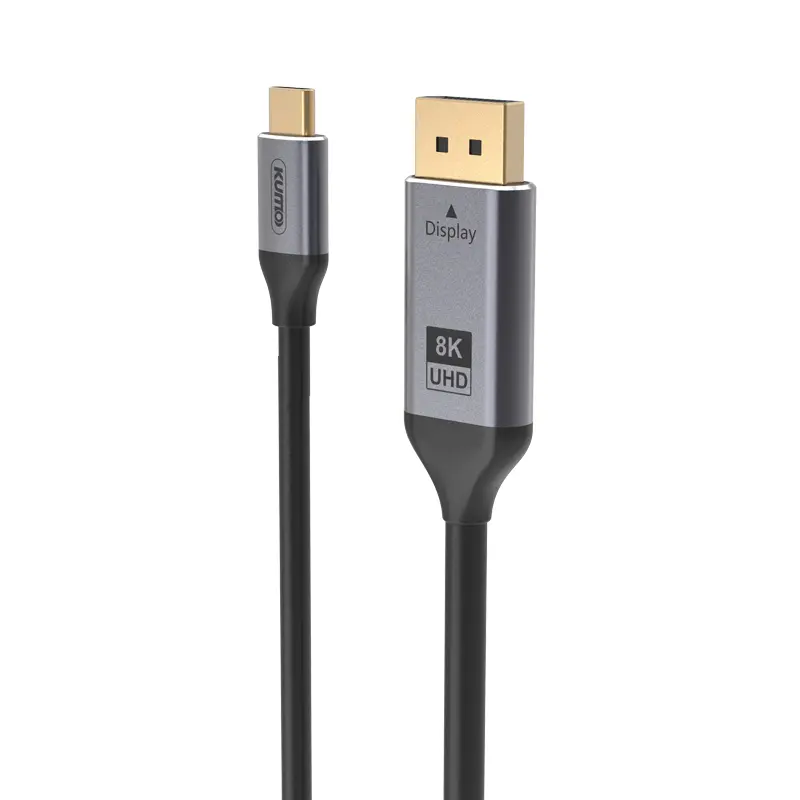 Type C to DP
Type C to DP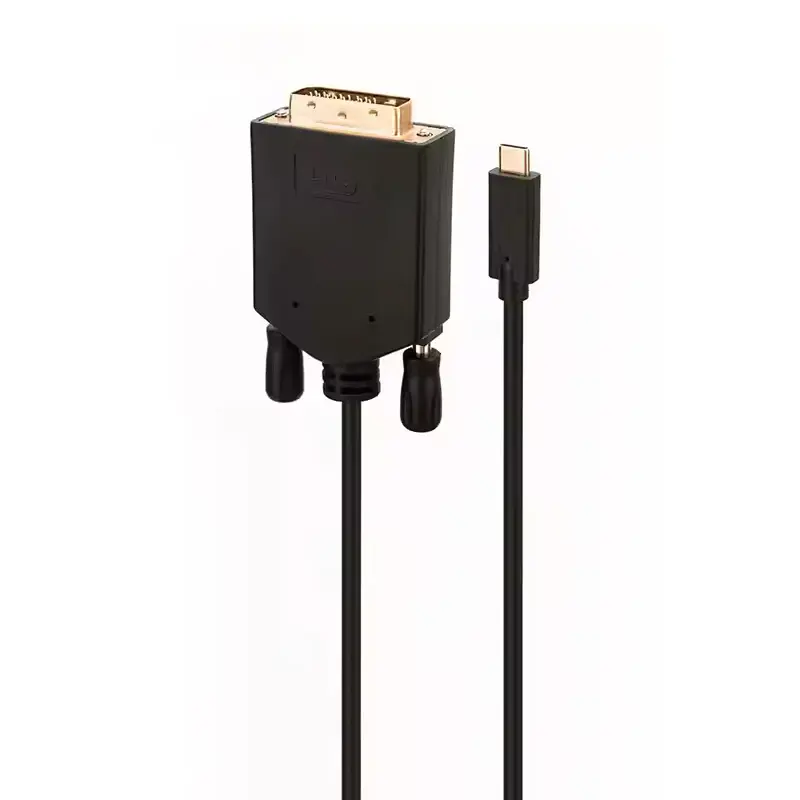 Type C to DVI
Type C to DVI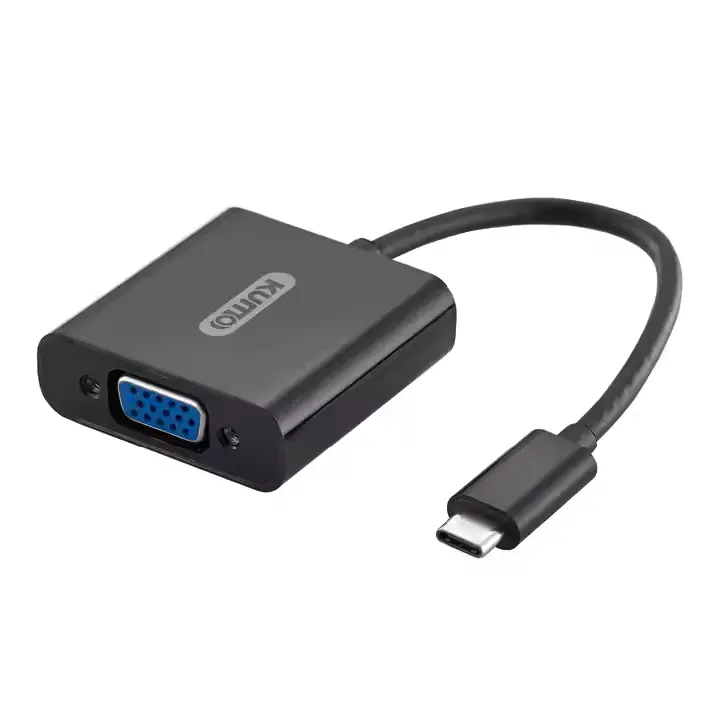 Type C Adapter
Type C Adapter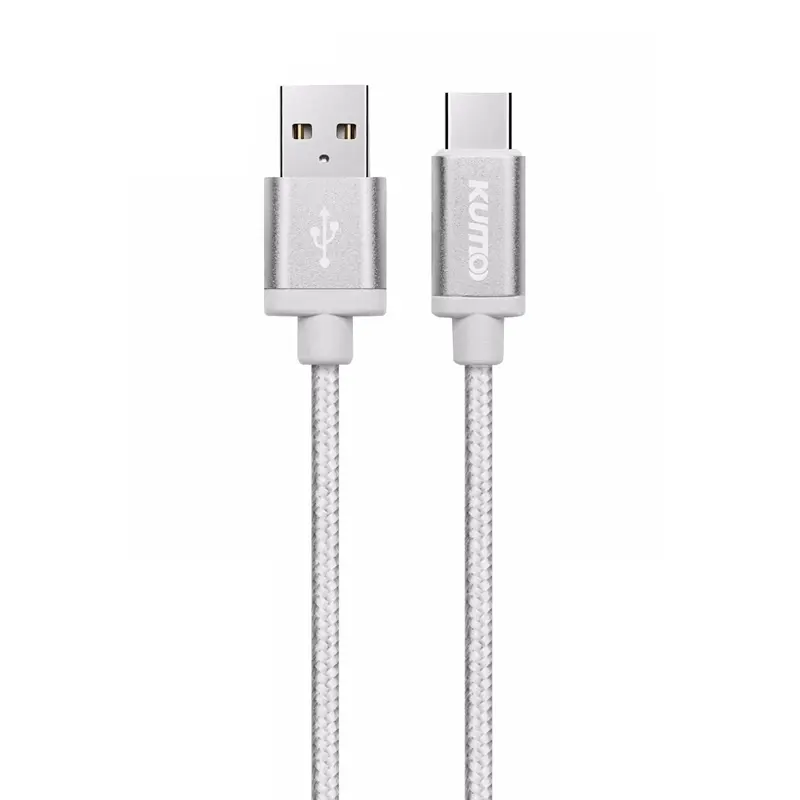 USB A to C Cable
USB A to C Cable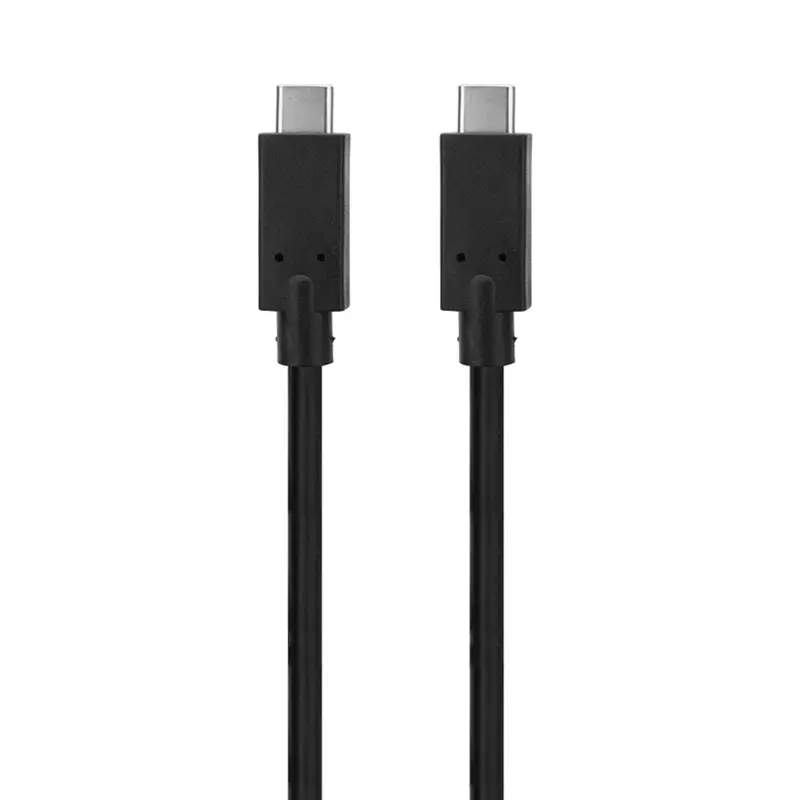 USB C to C Cable
USB C to C Cable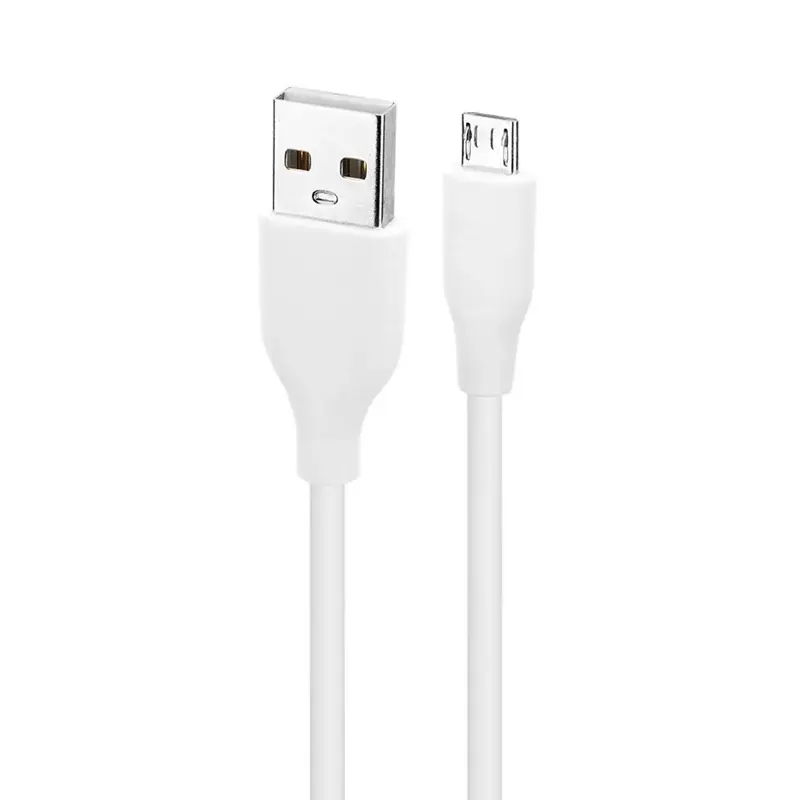 Micro USB Cable
Micro USB Cable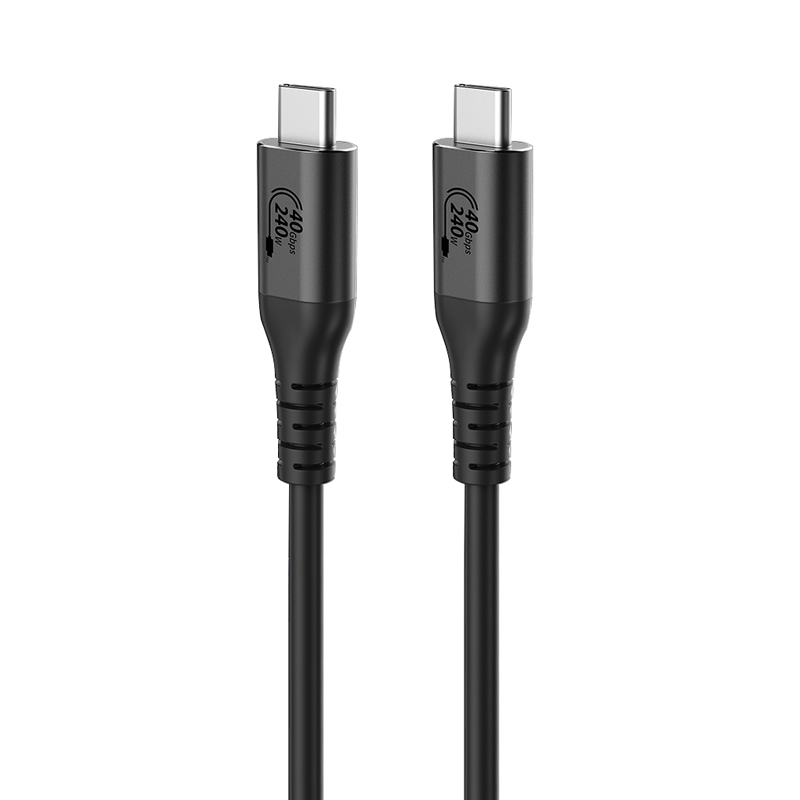 USB4 Cable
USB4 Cable